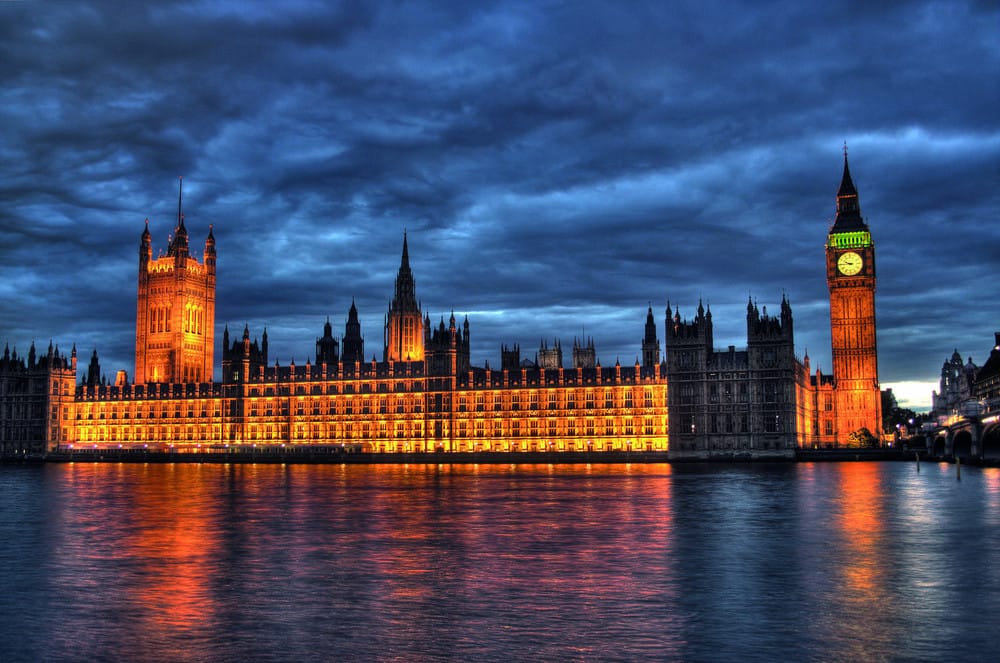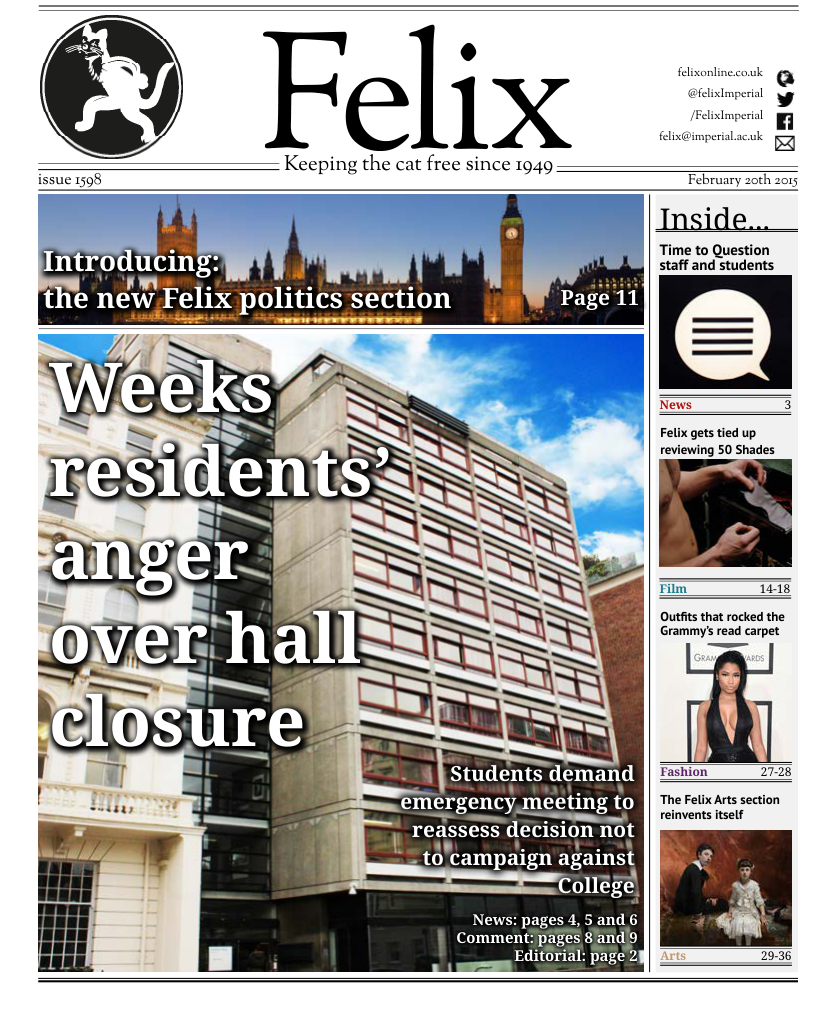2015 General Election: it’s complicated
Joshua Renken describes the current political landscape with a view to this May’s general election

The upcoming UK general election is set to be the most unpredictable vote in living memory. Labour and the Conservatives are practically neck and neck with only 75 days to go and the odds of a hung parliament have never been shorter. Britain appears to be entering an era of six-party politics, where the Labour-Tory share of the vote is at record lows. This election is the first in recent history where the public will be heading to the polling stations expecting a hung parliament.
For a long time Britain upheld a three party system, composed of the Conservatives and Labour, with the Liberal Democrats traditionally coming in third place in the popular vote.
At the time of writing, Her Majesty’s Government holds a 34 seat majority in the House of Commons, with the power being shared between the Conservative Party (303 seats) and the Liberal Democrats (56 seats) in a coalition. The Labour party (257 seats) currently serves as Her Majesty’s Opposition with the remaining 34 seats (there are 650 in total, with 533 in England, 59 in Scotland, 40 in Wales, and 18 in Northern Ireland) occupied by nine smaller parties, three independents and the Speaker of the House, John Bercow. However, in the last five years the political landscape has drastically altered with the rise of UKIP, The Green Party and the Scottish National Party (SNP). These smaller parties have split the vote on both sides of the political spectrum, making Britain’s political future look even less clear than it did in 2010.
After May’s election the Conservatives and the Liberal Democrats are both predicted to see their parliamentary representation shrink significantly, with an increase in the percentage of votes and number of MPs for Labour, UKIP, the SNP and The Green Party. The Liberal Democrats are expected to retain majorities in around half of their parliamentary constituencies and lose their third place position in the popular vote to UKIP. The upshot is that Labour and the Conservatives will end up with a similar number of MPs, and the Lib Dems will suffer severe losses.
The result of these shifts in the public’s voting intention is messy. A coalition even more complicated than the status quo looks set to befall our democracy, with the potential requirement of a three-party ‘rainbow’ coalition to form in order to reach a majority in the House of Commons. One possible scenario is that no majority coalition can be negotiated, and one of the main parties will have to lead a minority government. This governing party would have to arrange a ‘confidence and supply’ policy with smaller parties who would support vital actions such as the budget, without holding any ministerial posts.
Labour is expected to receive a hammering up in Scotland, as the SNP takes the majority of constituencies north of the border. Current polling indicates that, if Scottish voting intentions do not change from now to the election, the SNP will win more than 50 constituencies (out of 59), putting virtually all of Labour’s 40 Scottish MPs out of a job. This level of parliamentary representation for the SNP would nearly equal the current size of the Liberal Democrats, and may turn out to be the crucial factor that denies Ed Miliband the keys to Downing Street in a Labour majority government.
Over the course of this parliament, The Green Party has been picking up votes from the left and recently polled higher than the Lib Dems. They are, however, unlikely to translate this increased support into more than one MP at the election.
In the last few years, Nigel Farage and UKIP have been amongst the biggest talking points in British politics. UKIP are currently polling at several times what they achieved in the 2010 election and two Tory defectors have provided the party with its first representation in the House of Commons. UKIP enjoyed success in the recent European Parliament elections, winning the most seats of any party, but are not expected to gain any more than four or five MPs after May’s election.
Neither the Conservatives nor Labour stand a good chance of winning the 326 seats required for a single-party majority government. Labour are predicted to represent the highest number of constituencies but not enough to command a majority in the House of Commons, as did occur in 2010 with the Conservatives.
Regardless of whether it is in an outright majority, a minority government or a coalition, only two men are realistically in the running to become prime minister: David Cameron and Ed Miliband. If forced to choose between the two, the public favour Mr. Cameron. But in spite of Miliband’s individual unpopularity, Labour is ahead in most of the polls. Public opinion suggests that the UK wants David Cameron as prime minister, but in a Labour government. If the Conservatives manage to stay in power after 2015, many will think it was Ed’s poor public image that kept Cameron in Downing Street.
It could be that the eventual administration is not the direct result of public opinion. Instead, the government is more likely to be determined in post-election political negotiations. In other words, the weeks immediately after 7th May could prove to be more important than the weeks running up to the election itself. If there is a hung parliament, party political talks would no doubt consume Westminster, and in all probability last longer than the five days it took for the existing coalition to form back in 2010.
This far out, the election is impossible to call. There is a long time to go and a lot could happen between now and 7th May. Election campaigns are often defined by what goes wrong and public opinion could still shift dramatically. For many of us this will be our first time participating in a general election, and it just so happens to be the most complicated and interesting in almost a century. Whatever your opinion, don’t forget to vote.





